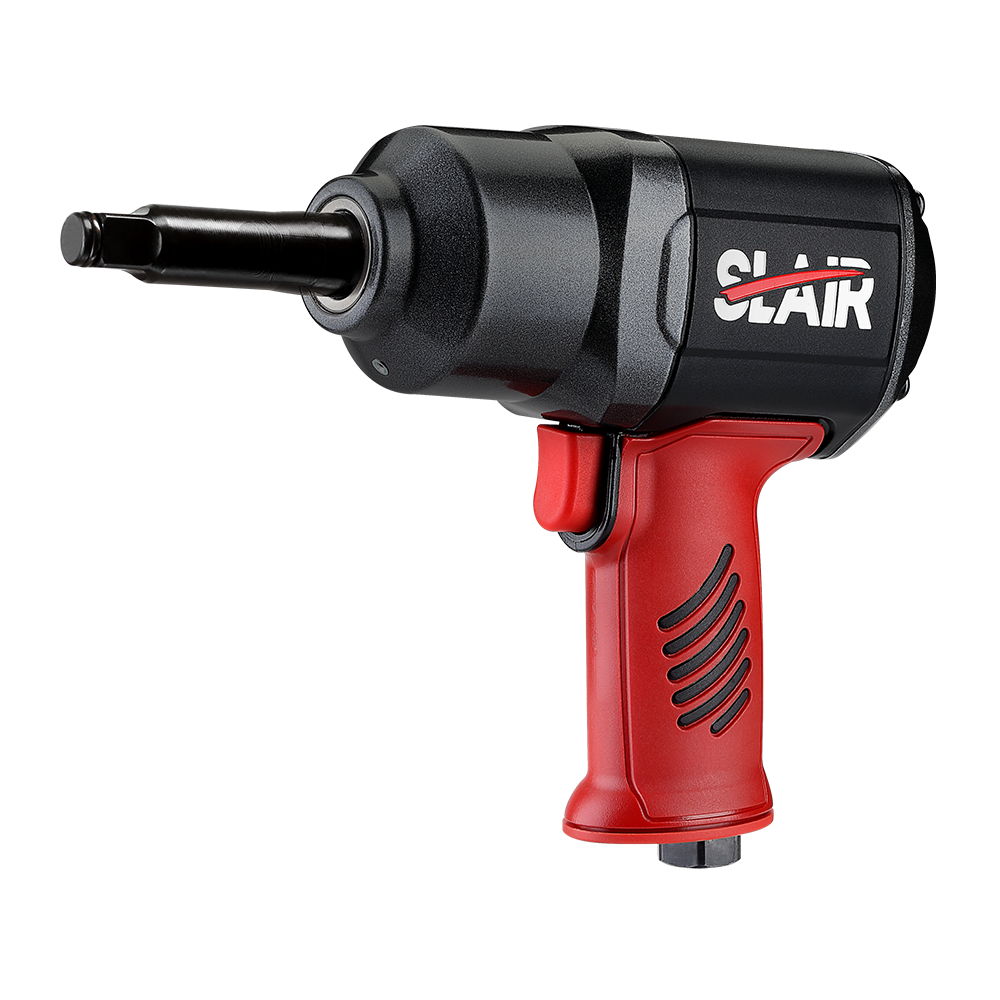Air degumming machines rely heavily on precise airflow and pressure control to effectively remove impurities from fibers, ensuring that the raw material undergoes a thorough cleaning process. Modern air degumming machines use dynamic airflow management to adjust air pressure and speed based on the type of material being processed. The key advantage of this system is its ability to optimize the use of air by ensuring that the amount of airflow used corresponds directly to the specific needs of the process, minimizing wasted energy. By precisely controlling these parameters, the machine ensures that it uses only the necessary amount of energy, which results in reduced power consumption. This also leads to a more consistent and effective degumming process, which improves product quality while saving energy.
Variable Frequency Drives (VFDs) are integrated into modern air degumming machines to adjust the speed of the motors according to the workload. VFDs allow the machine to operate at lower speeds when the demand is lower, effectively reducing energy consumption during idle or low-load periods. Conversely, the machine can ramp up the motor speed when processing a higher volume of material. This adaptive control mechanism ensures that energy is only consumed when required, making the degumming process much more efficient. The ability to fine-tune motor speeds through VFD technology not only reduces electrical consumption but also decreases wear and tear on mechanical components, extending the lifespan of the equipment and enhancing overall operational efficiency.
Many advanced air degumming machines incorporate energy recovery systems that capture and reuse excess energy produced during operation. For example, when the degumming process generates heat or air pressure, energy recovery systems can capture this excess energy and use it to warm the incoming air or reduce the energy required for other functions, such as drying or heating the materials. This approach significantly reduces overall energy consumption, as the machine essentially recycles its own energy, thereby decreasing the need for external heating or power sources. By integrating energy recovery systems, air degumming machines contribute to sustainability goals and provide a cost-effective solution for high-volume production environments.
The filtration systems in air degumming machines play a critical role in ensuring that the fibers are thoroughly degummed without unnecessary energy waste. High-quality filters in the machine reduce the frequency of maintenance and filter replacement, which is a key factor in maintaining optimal energy efficiency over the long term. These systems are designed to handle the impurities and particles effectively, while ensuring that airflow remains consistent and strong throughout the degumming process. High-efficiency filters can reduce energy loss caused by clogged or inefficient filtration, as well as extend the lifespan of the equipment. With better filtration, the machine requires less power to operate since it avoids the additional load that poor filtration would put on the air movement system. This leads to lower energy consumption and reduced operating costs for businesses.
Modern air degumming machines are equipped with automated process control systems that continuously monitor and adjust key operational parameters such as air pressure, temperature, and processing time. These systems allow for the optimization of energy use, ensuring that every stage of the degumming process is performed with minimal energy waste. By using real-time feedback from sensors and controllers, the machine can adjust its settings based on the material's condition, the desired quality of the output, and external factors like room temperature or humidity. This level of automation ensures that energy consumption is aligned with production demands, preventing overuse of power during periods of low processing intensity. The integration of automated controls helps to boost energy savings and improve overall system efficiency.





 English
English 中文简体
中文简体 русский
русский Deutsch
Deutsch Português
Português Español
Español
















